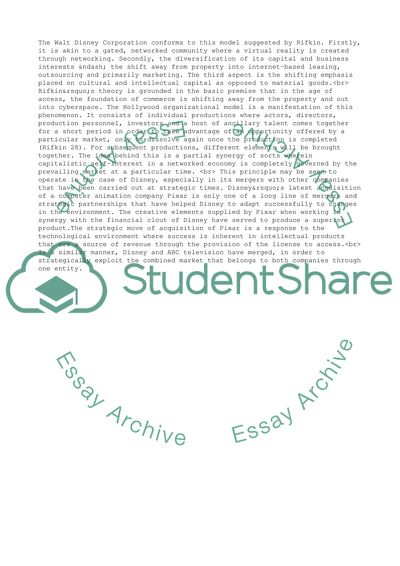Cite this document
(“A Property, Market and Class-based Foundation of Disney Essay”, n.d.)
A Property, Market and Class-based Foundation of Disney Essay. Retrieved from https://studentshare.org/business/1536767-disney-case-study
A Property, Market and Class-based Foundation of Disney Essay. Retrieved from https://studentshare.org/business/1536767-disney-case-study
(A Property, Market and Class-Based Foundation of Disney Essay)
A Property, Market and Class-Based Foundation of Disney Essay. https://studentshare.org/business/1536767-disney-case-study.
A Property, Market and Class-Based Foundation of Disney Essay. https://studentshare.org/business/1536767-disney-case-study.
“A Property, Market and Class-Based Foundation of Disney Essay”, n.d. https://studentshare.org/business/1536767-disney-case-study.


